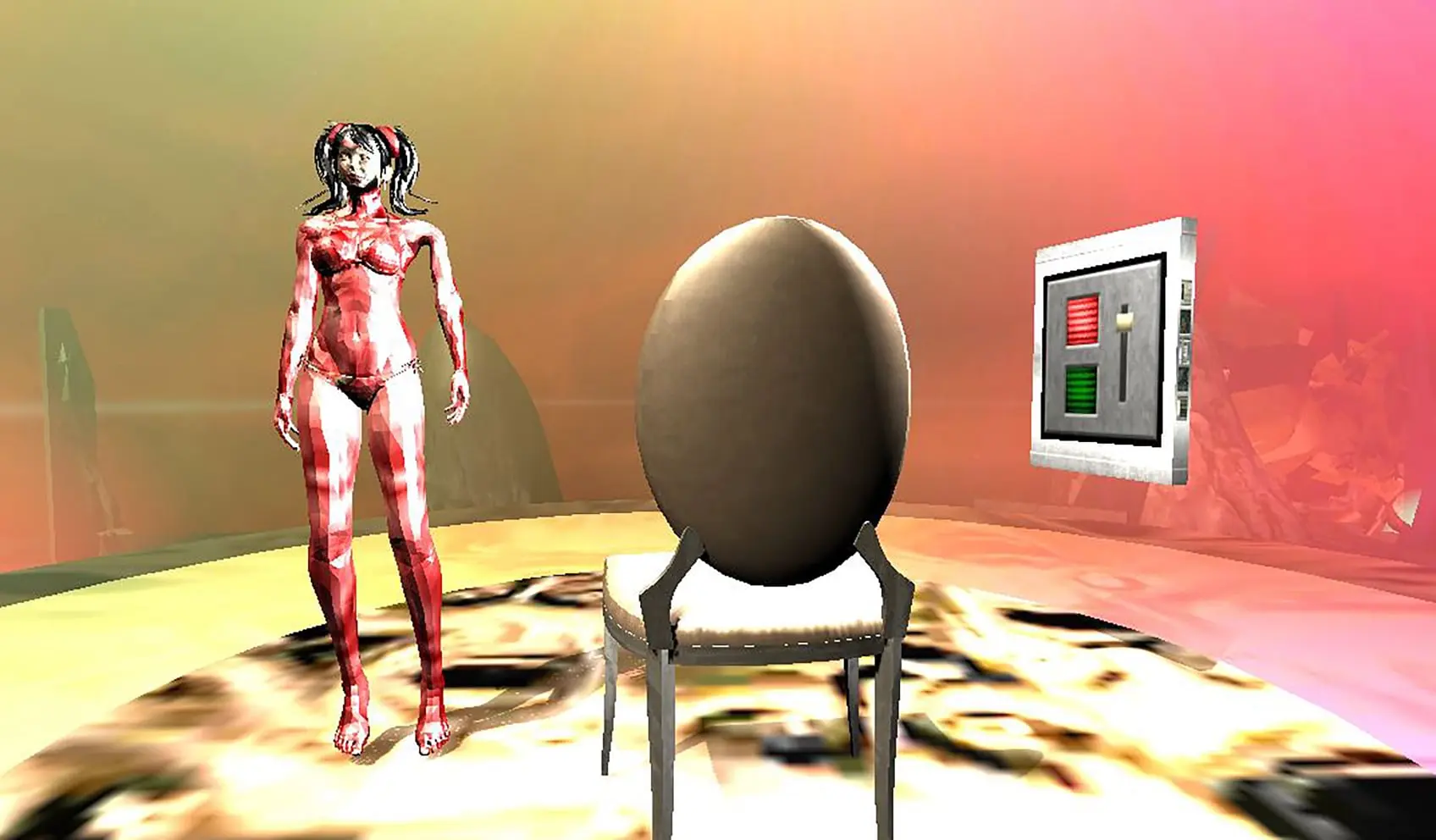
Miyö's War Room
Immersive Environment presented @ DiMoDa. 2016.

Immersive Environment presented @ DiMoDa. 2016.
Miyö Van Stenis’s Miyö’s War Room examines how contemporary video games, social networks, and internet culture sexualize women and girls and pressure men and boys into aggressive roles. (In the original format, Miyö’s War Room included three additional videos that contain graphic content. The RISD Museum has chosen to omit those videos for this gallery installation....
A. Will Brown
What type of power is it that is capable of producing discourses of power that have, in a society like ours, such powerful effects?
— Michel Foucault, Society Must Be Defended, Lectures at the Collège de France 1975-76.
From a philosophical standpoint, power is far removed from the actors who use it as an instrument of intimidation, and even from the structures in which those actors operate. Power raises itself as the body of domination, and by domination, as Foucault describes, it’s not the brute fact of the supremacy of one over the many, or of one group over another, but the multiple forms of control that can be exercised in society. So, in this sense, and reflecting the structure of Western culture, the King, the President, or God are not the central figures where power lies, as power can transgress the rules of right that those figures organize and sometimes decline in violent ways.
To understand the form of power this project seeks to describe, we need to look at the history of the bourgeoisie as the ruling class and how controlling sexuality became a powerful means of domination. Religion defined sexuality as a sin and moved women from the battlefield to their homes, as the female body was deemed impure, fragile, and inferior. However, Greek mythology teaches us that sexuality is an instrument of war; when Helen was kidnapped by Paris in the Iliad, the Trojan War began. This is not a story about two ruling classes deciding to dominate each other, but an example of the power of sex and how it can be the most fearsome form of domination. Wilhelm Reich argued that since the seventeenth or eighteenth century, the human body essentially became a productive force, and all forms of expenditure that could not be reduced to these relations, or to the constitution of productive forces, were banished, excluded, and repressed.
Such deductions are still possible. We can deduce that for the bourgeoisie and contemporary ruling classes, controlling or repressing sexuality helps control the labor force, allowing the capitalist system to function efficiently. But what about war, violence, and destruction? Are these unproductive forces? In fact, in Western society, violence as a historical phenomenon tied to the patriarchal system is merchandise—a product that, for the greater capitalist system, can be as lucrative as the level of destruction it produces.
Today, as the destruction of the patriarchal—and therefore capitalist—system becomes a key aim of contemporary feminism, we must remember that the true fight for equality must integrate all genders, especially those politically and legally undefined. The transfer of power from one sex to another reflects traditional Western behavior as we move from one ruling class to another. But our generation, the labor force trying to change the ruling class and possessing real power over communication and information for the first time in history, witnesses levels of violence not seen before. We must understand that previous wars were silent genocides, and before World War II, the destruction and domination of one group by another were orchestrated by the dominant class. Today, access to information does not give our young generation time to understand the behavior of the forms of power.
Is our contemporary society doomed as sexuality and war transition from forms of power to vulgar merchandise? For this project, I aim to describe power by examining these two forms of domination. With this decision, my artistic and conceptual approach will not be from within power, as those who have power will never be part of a perpetual state such as the forms of domination. Power is not something divided between those who have it and those who hold it exclusively; power is a perception that relies on society but passes through individuals.

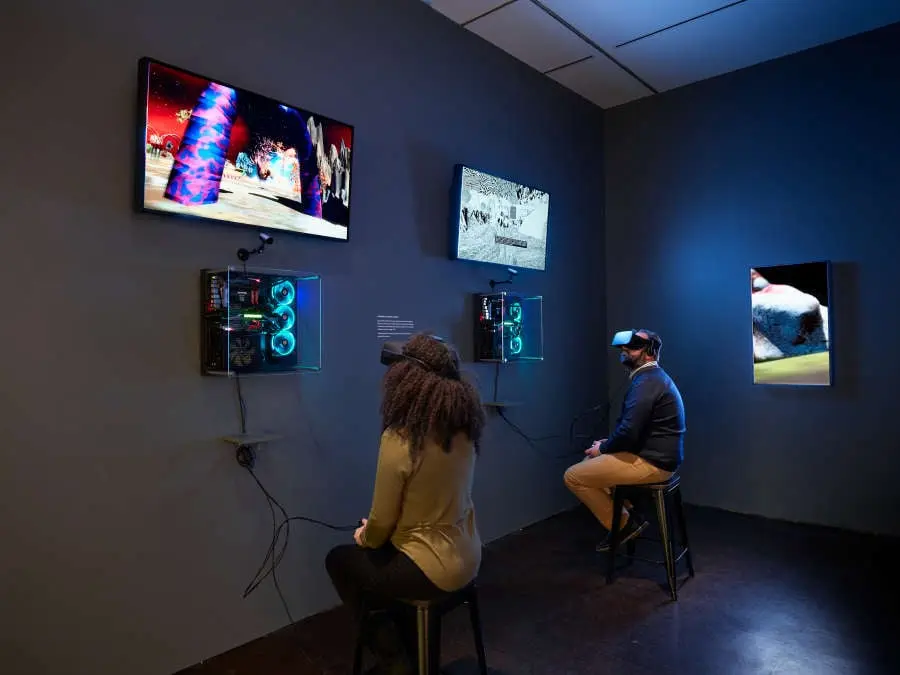
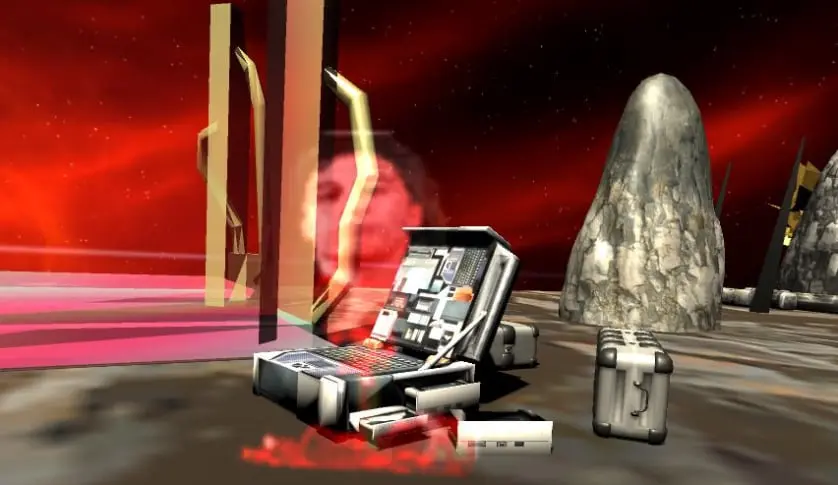
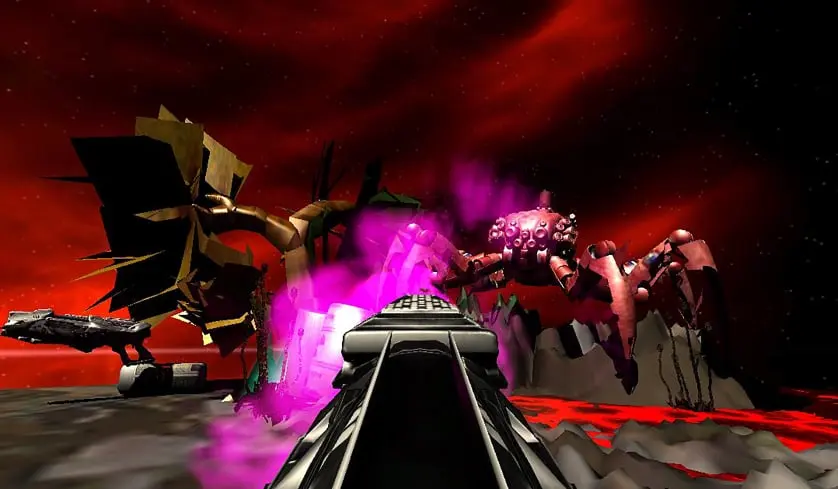
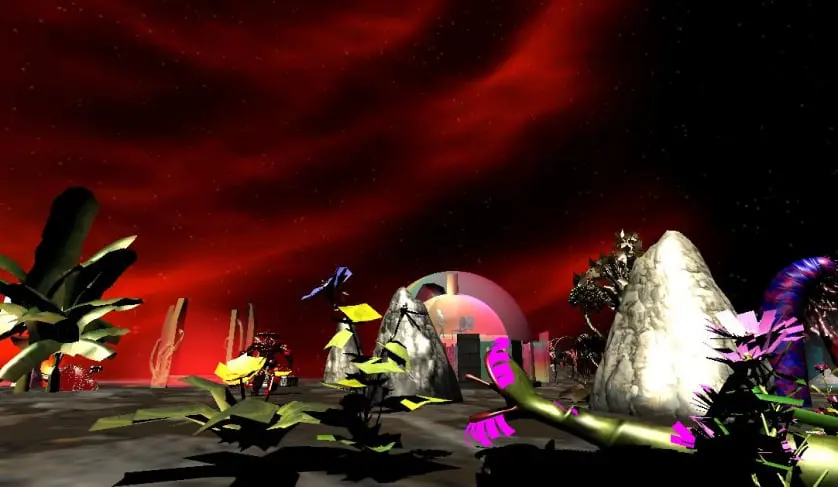


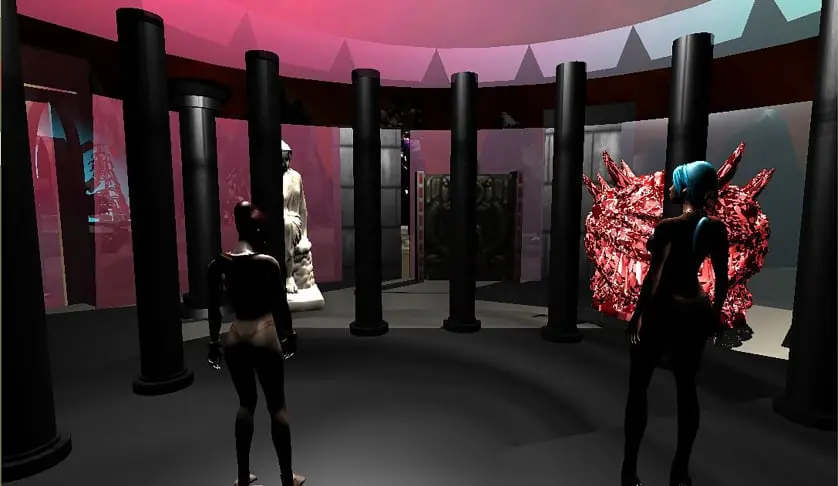

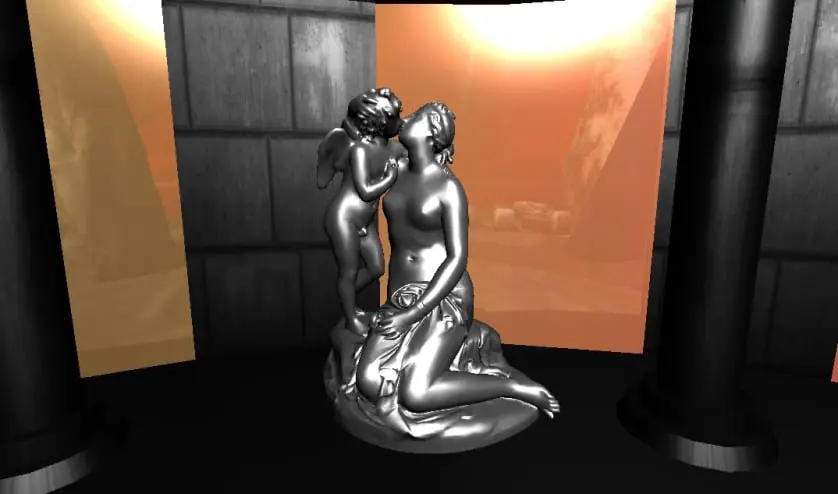
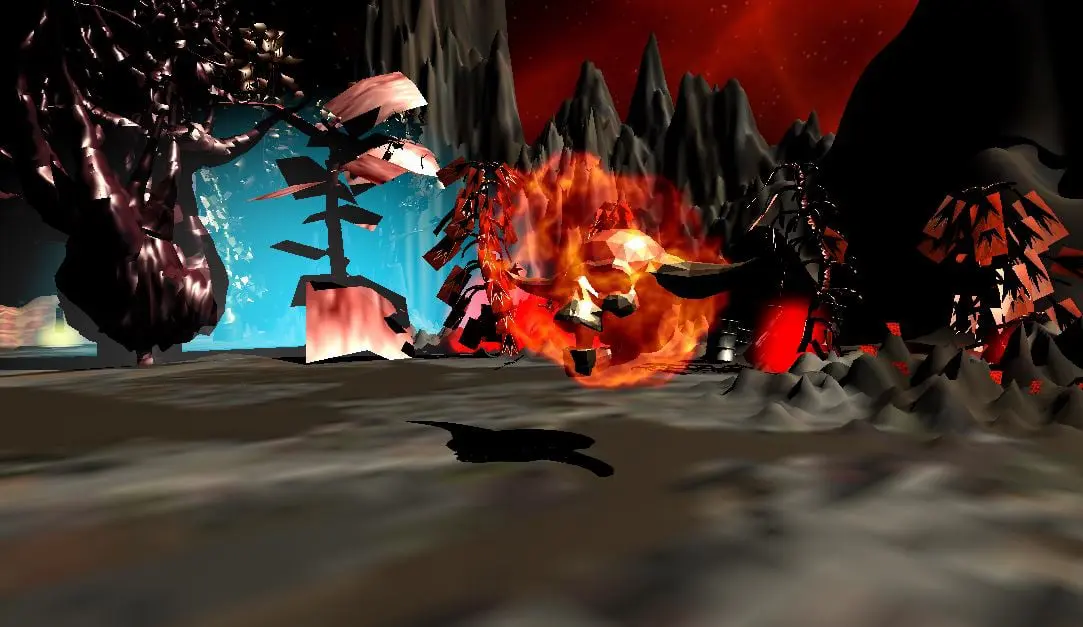
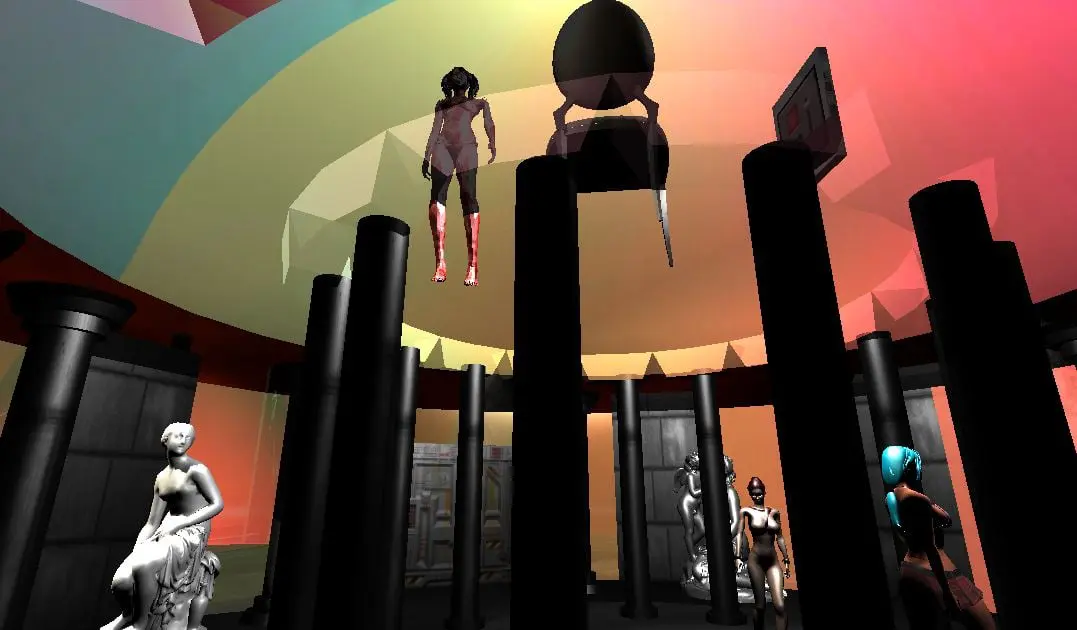
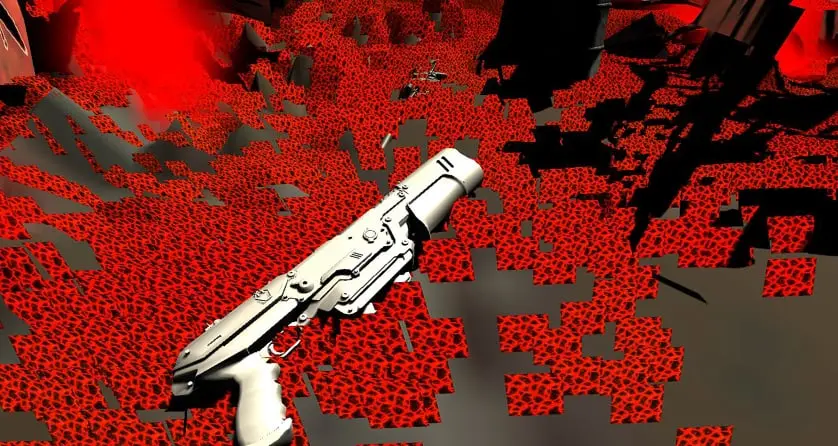
Miyö’s War Room explores from an ontological position two forms of power that in our contemporary society seem to be in constant confrontation: Sexuality and War, represented through the ideological structures of supremacy shaped by gender—Feminism and Patriarchalism.
This project highlights the importance of video games in society, particularly around the subjects of war and violence, and is heavily influenced by John Romero’s work. His game, DOOM (1993, ID Software), introduced not only the concept of the “first-person shooter” but also proved Reich’s theory that we all have secret desires for killing. DOOM brought death and destruction into our living rooms as a product, reinforcing the cult of war that capitalism proudly preaches.
Why confront sexuality and war in the realm of video games as an artistic subject? Primarily because, despite critics' claims that violent video games or images generate more violence instead of reflecting society, they touch on many complex societal issues. Markus Persson, creator of the violence-free video game Minecraft, agrees that "the role of violence in storytelling is as old as human history, and it has long served a purpose in conveying values of honesty, courage, confidence, and perseverance.” Violence in video games also touches deeper desires that society might describe as madness. That is the borderline that censors violence and death in Western culture. Sexuality and war are allowed as merchandise but not as truly intrinsic parts of human behavior.
DiMoDA, or the Digital Museum of Digital Art, is an ongoing interactive collection, exhibition, and conservation project founded and directed by artists William Robertson and Alfredo Salazar-Caro. This exhibition was organized by invited curators Eileen Isagon Skyers and Helena Acosta. DiMoDA 2.0: Morphe Presence presents recent works by Miyö Van Stenis, Theoklitos Triantafyllidis, Brenna Murphy, and Rosa Menkman-four young artists exploring the emergent form of virtual reality. To experience these works, please put on a headset and hold a video-game controller.